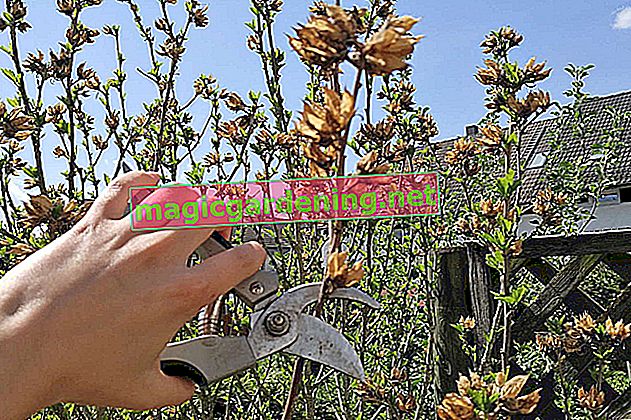
By pruning, stimulate a re-flowering
The upholstery phlox is a plant that doesn't really need a lot of maintenance all year round in a well-chosen location. If you would like to extend the flowering time of this decorative ground cover a little, you can try your luck as follows: Simply cut the plants back by about a third immediately after flowering. Depending on the location, the weather and the condition of the plants, further flowers may develop in the same year.
also read
- Plant upholstery phlox in the garden
- The perfect location for the upholstery phlox
- The heyday of the upholstery phlox
Rejuvenate the upholstery phlox by cutting back radically
As already indicated, the upholstery phlox can do without a caring pruning for a few years. However, similar to other rock garden plants, the plant cushions from the center can become bald. To prevent such unaesthetic developments, you can radically prune the plants every two to three years. In the course of this pruning, you should shorten the upholstery phlox to about a third or the height of a hand's breadth. You can then force the formation of young side shoots with sparingly dosed liquid fertilizers.
Cut cuttings from the upholstery phlox at the right time
The propagation of upholstered phlox (Phlox subulata) is possible in three different ways:
- by sowing the seeds
- by dividing older specimens in spring
- about cuttings
When propagating with the cuttings method, it is important to ensure that the time is right for success. It is ideal if you cut head cuttings with a length of about 5 to 6 cm between May and July. For strong offshoots, stick them in bunches in a loose growing substrate (€ 9.05 on Amazon *) and keep it evenly moist for the first few weeks. Since the cuttings usually root relatively quickly, you can transplant them to their final location before autumn.
Tips
For various reasons, it can occasionally happen with the upholstery phlox that individual shoots die off and become dry. You can remove these at any time, regardless of the season, in order to restore the decorative character of the plants.








